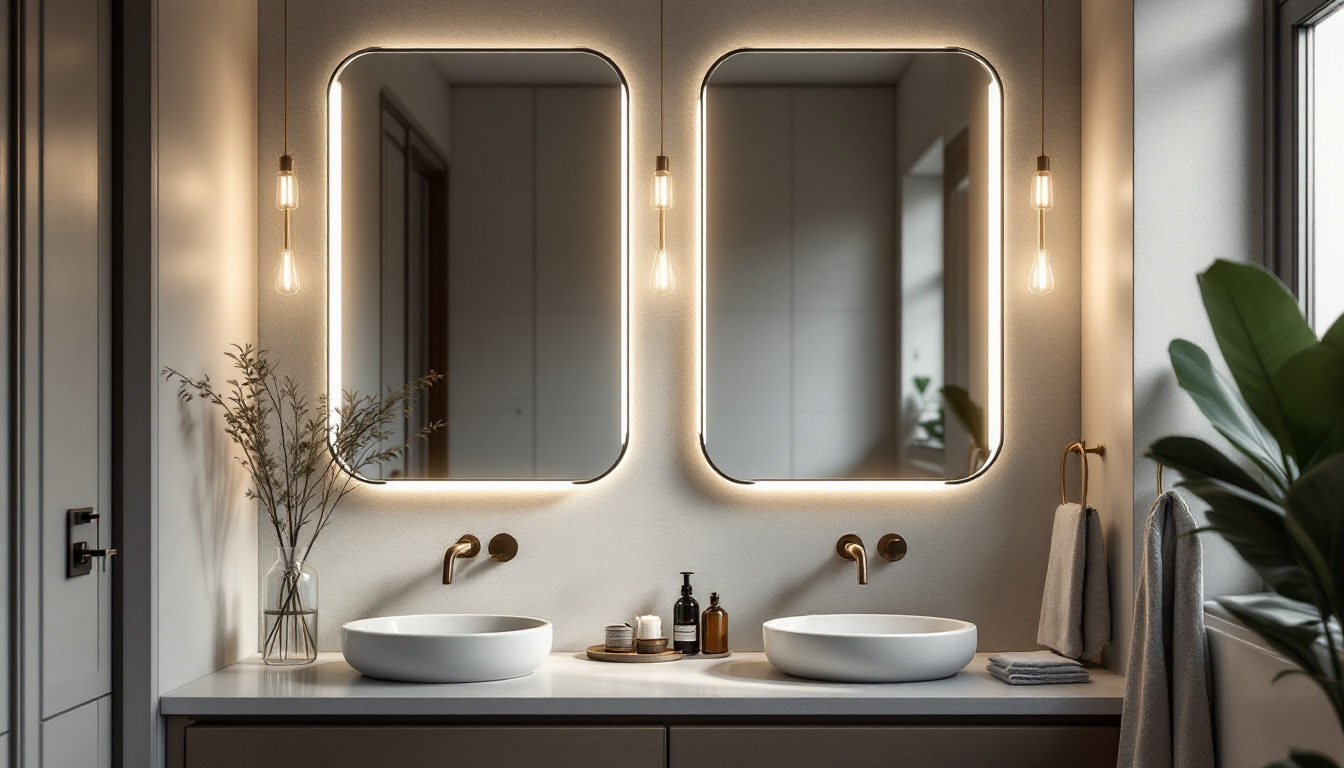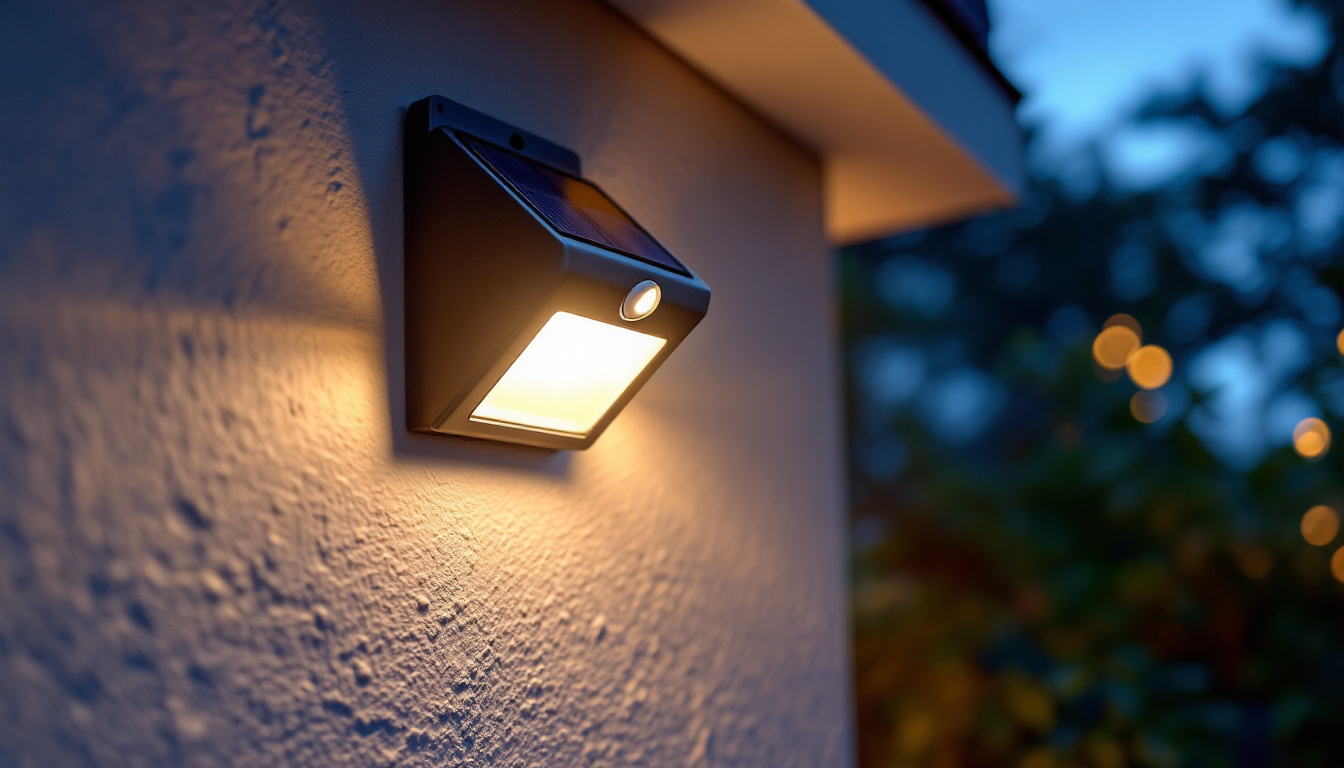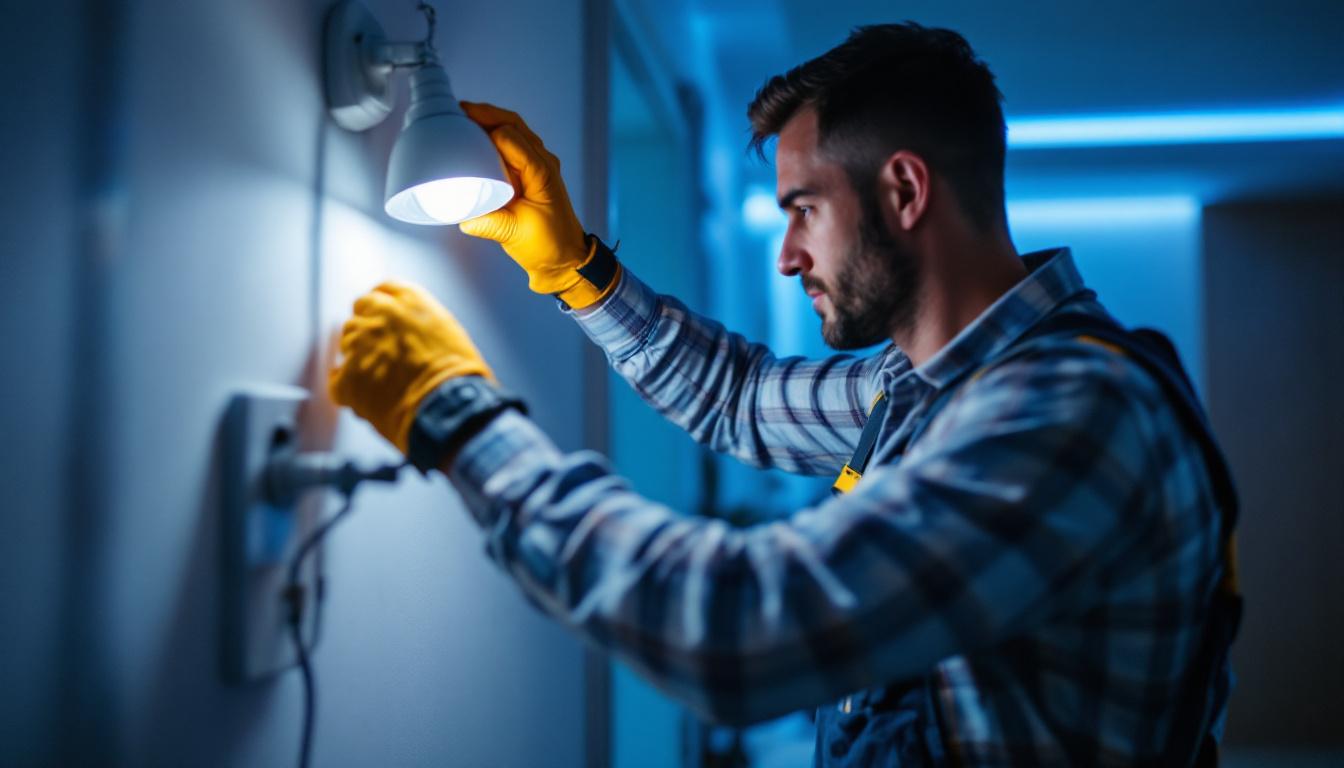
As the demand for functional and aesthetically pleasing garage spaces continues to rise, lighting contractors are increasingly called upon to provide innovative solutions for interior garage lighting. This guide aims to equip lighting professionals with essential insights and practical tips to enhance their service offerings in this specialized area.
Garages serve a multitude of purposes, from vehicle storage to workshops and recreational spaces. As such, the lighting requirements can vary significantly based on the intended use. Understanding these needs is crucial for any lighting contractor looking to deliver effective solutions.
Before selecting lighting fixtures, it’s important to identify the primary functions of the garage. For instance, a garage primarily used for parking vehicles may require bright, even lighting to avoid accidents and ensure safety. Conversely, a garage that doubles as a workshop will benefit from task lighting that illuminates specific areas where detailed work is performed. Furthermore, if the garage is utilized for hobbies such as woodworking or automotive repair, adjustable lighting options can enhance visibility, allowing for precision and reducing eye strain during intricate tasks.
The layout of the garage also plays a significant role in determining the type and placement of lighting. A larger garage may require multiple light sources to achieve uniform illumination, while a smaller space might only need a few well-placed fixtures. Additionally, the height of the ceiling and the presence of windows or other natural light sources should be taken into account when designing a lighting plan. For example, incorporating skylights or strategically placed LED fixtures can maximize natural light during the day, reducing energy costs and creating a more inviting atmosphere. Furthermore, considering the use of dimmers can provide flexibility, allowing the homeowner to adjust the brightness according to the specific task at hand, whether it be a quick vehicle check or an extensive DIY project.
Choosing the right type of lighting fixture is essential for creating an effective lighting scheme. Various options are available, each with its own advantages and ideal applications.
Fluorescent lights are a popular choice for garage spaces due to their energy efficiency and bright output. They provide a wide coverage area and are particularly effective in larger garages. However, it’s important to consider the color temperature, as cooler tones can enhance visibility while warmer tones may create a more inviting atmosphere. Additionally, fluorescent fixtures are often available in different sizes and configurations, making them adaptable to various ceiling heights and layouts. They can be mounted directly to the ceiling or suspended from it, allowing for tailored illumination based on specific garage activities, such as working on vehicles or storing tools.
LED lights have become increasingly favored for garage lighting due to their longevity and low energy consumption. They are available in various styles, including strip lights, recessed lights, and high-bay fixtures. LED lights also offer flexibility in terms of color temperature, allowing contractors to tailor the ambiance to the client’s preferences. Furthermore, many LED options come with smart technology, enabling homeowners to control brightness and color settings via smartphone apps or voice commands. This feature not only enhances convenience but also allows for energy savings by adjusting the lighting based on the time of day or specific tasks being performed in the garage.
While less energy-efficient than fluorescent or LED options, incandescent and halogen lights can provide a warm glow that some homeowners prefer. These types of lights are often used in combination with other lighting sources to create a layered effect, enhancing both functionality and aesthetics. Incandescent bulbs are known for their ability to render colors accurately, making them a suitable choice for tasks that require precise color differentiation, such as painting or detailed repairs. Halogen lights, on the other hand, offer a brighter and more focused beam of light, which can be ideal for illuminating specific work areas. Additionally, both incandescent and halogen fixtures can be easily integrated with dimmer switches, allowing for customizable brightness levels that can adapt to different activities or moods within the garage space.
Effective lighting design involves more than just selecting fixtures; it requires a thoughtful approach to placement, layering, and control. Lighting contractors should consider several key factors when designing a garage lighting plan.
Layering different types of lighting can create a more dynamic and functional space. Ambient lighting provides general illumination, while task lighting focuses on specific areas, such as workbenches or tool storage. Accent lighting can be used to highlight architectural features or decorative elements, adding depth and interest to the overall design. For instance, using LED strip lights under shelves can not only illuminate the workspace but also create a visually appealing glow that enhances the overall aesthetic of the garage. Furthermore, the strategic placement of multiple light sources can help eliminate shadows, ensuring that every corner of the garage is well-lit and functional.
Incorporating dimmers and smart controls can significantly enhance the versatility of garage lighting. Dimmers allow users to adjust the brightness according to their needs, while smart lighting systems enable remote control and automation, making it easier to manage energy consumption and create custom lighting scenes. For example, a homeowner might set up a scene that brightens the lights for detailed tasks like car repairs, while dimming them for a more relaxed atmosphere during casual gatherings. Additionally, integrating motion sensors can provide convenience and energy savings, automatically turning lights on when someone enters the garage and off when they leave.
Safety is paramount in garage lighting design. Ensuring that all fixtures are rated for the garage environment, especially in areas where moisture or dust may be present, is crucial. Additionally, compliance with local building codes and regulations should always be a top priority to avoid potential hazards and ensure the safety of occupants. It’s also important to consider the placement of outlets and switches; they should be easily accessible and located away from areas that may be exposed to water or heavy machinery. Furthermore, using shatterproof bulbs can prevent accidents in the event of a fixture being knocked or dropped, adding an extra layer of safety to the design.
Proper installation is key to maximizing the effectiveness of garage lighting. Lighting contractors should adhere to best practices to ensure that the fixtures are installed correctly and function optimally.
When installing lighting fixtures, placement is critical. Fixtures should be positioned to minimize shadows and provide even illumination throughout the space. For example, overhead lights should be placed directly above work areas, while wall-mounted fixtures can help illuminate darker corners.
Electrical considerations are vital during installation. Ensuring that the wiring is adequate for the chosen fixtures and that all connections are secure can prevent future issues. Additionally, using weatherproof fixtures and covers in garages that may experience temperature fluctuations or moisture is essential for longevity and safety.
After installation, testing the lighting levels is an important step. Adjustments may be necessary to achieve the desired brightness and coverage. This is also an opportunity to evaluate the effectiveness of the lighting design and make any necessary changes to enhance functionality.
Regular maintenance of garage lighting is crucial to ensure longevity and optimal performance. Lighting contractors should educate clients on the importance of upkeep and provide recommendations for maintaining their lighting systems.
Dust and debris can accumulate on light fixtures, reducing their effectiveness. Regular cleaning of fixtures, including bulbs and lenses, is essential to maintain brightness and clarity. Contractors can recommend specific cleaning methods and products that are safe for the types of fixtures installed.
Encouraging clients to conduct periodic inspections of their garage lighting can help identify any issues before they become significant problems. This includes checking for flickering lights, burnt-out bulbs, or any signs of electrical issues. Early detection can save time and money in the long run.
As technology continues to evolve, upgrading to newer lighting solutions can enhance energy efficiency and functionality. Contractors should stay informed about the latest advancements in lighting technology and be prepared to recommend upgrades to clients when appropriate.
Lighting contractors may encounter various challenges when designing and installing garage lighting systems. Understanding these challenges can help in developing effective solutions.
Garages with low ceilings can pose a challenge for lighting installation. In such cases, choosing fixtures that provide ample light without taking up too much vertical space is essential. Flush-mounted or recessed lighting can be effective solutions, providing illumination without obstructing movement or creating a cramped feel.
Shadows and dark spots can detract from the functionality of a garage. To combat this, contractors should strategically place fixtures to minimize shadows and ensure even light distribution. Utilizing multiple light sources and incorporating task lighting can help illuminate work areas and eliminate dark corners.
Clients may express concerns about energy consumption and costs associated with garage lighting. Educating clients about the benefits of energy-efficient lighting options, such as LED fixtures, can help alleviate these concerns. Providing estimates on potential energy savings can also be a persuasive selling point.
Interior garage lighting is a critical aspect of creating functional and inviting spaces. Lighting contractors play a vital role in designing and implementing effective lighting solutions that meet the diverse needs of their clients. By understanding the various types of lighting fixtures, design considerations, installation best practices, and maintenance requirements, contractors can enhance their service offerings and ensure customer satisfaction.
As the industry continues to evolve, staying informed about the latest trends and technologies in garage lighting will be essential for contractors looking to remain competitive. By embracing innovation and prioritizing safety and efficiency, lighting professionals can help transform garages into well-lit, versatile spaces that meet the demands of modern living.
Ready to elevate your interior garage lighting projects with superior quality and value? Look no further than LumenWholesale. Our extensive selection of spec-grade lighting products is designed to meet the highest industry standards, ensuring that your installations stand out for their reliability and performance. With unbeatable wholesale prices and the convenience of free shipping on bulk orders, you can provide your clients with the best lighting solutions without the burden of inflated markups. Transform your lighting projects by choosing Wholesale Lighting at the Best Value and experience the LumenWholesale difference today.

Discover the essential guide for lighting contractors with our comprehensive handbook on lamp post poles.

Discover the common pitfalls in bath vanity lighting and learn how to avoid them with our expert guide tailored for lighting contractors.

Discover the benefits and features of solar-powered motion detection lights in this comprehensive guide.

Discover expert insights and practical tips for lighting contractors on choosing and installing LED replacements.